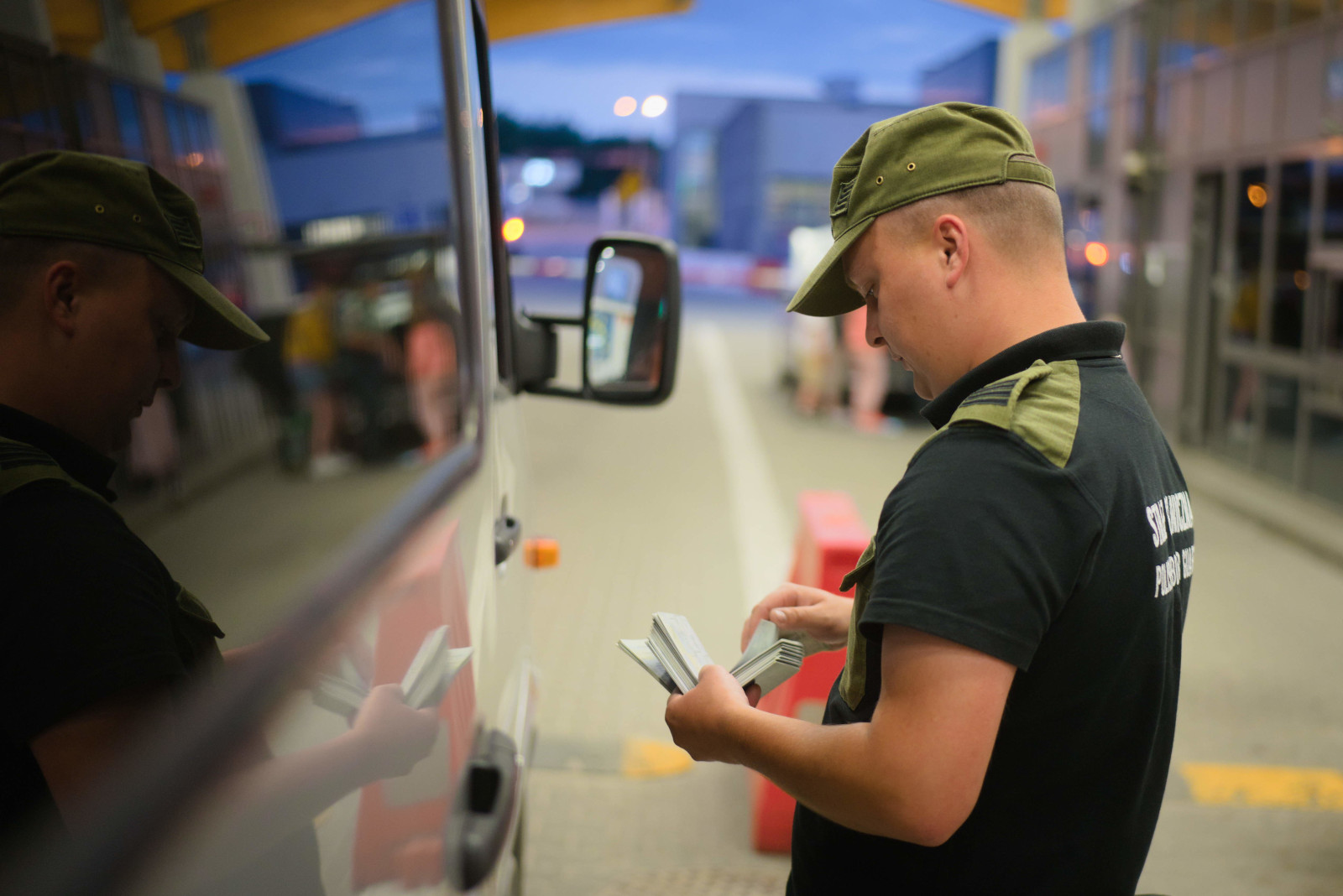Poland has reintroduced border checks on its border with Slovakia, and over the first 24 hours, it has carried out checks on 6,000 individuals and 2,000 vehicles crossing that border, leading to several migrants being detained.
The checks by border guards on the Polish-Slovak border have led to the detention of five migrants on a train and nine after a car chase. However, Polish and Slovak citizens make up a majority of those who have been checked.
Wednesday saw five Syrians stopped on a train in Poland. They all had Slovak documents and will therefore, in line with the readmission procedure, be returned to Slovakia.
In another incident, a Moroccan attempted to cross the border in a bus with nine Syrian migrants. The bus was pursued by border guards, and the Moroccan, who has residence rights in Germany, broke his leg while trying to escape down a slope when his vehicle was stopped.
The driver of the bus refused to stop when signaled by the border guards, instead speeding away in his vehicle before police managed to pursue and stop him. He was finally detained and is in the hospital being treated for his injuries. He will be charged by the Polish authorities.
Poland temporarily introduced border controls with Slovakia from midnight on Wednesday, and for now, they are set to run for 10 days, but it is likely to be extended. The border can be crossed through eight road crossings and three railway crossings, as well as 11 pedestrian paths. Currently, crossing at other locations — for example, on mountain trails in the Tatras — is not permitted.
The checks were introduced as a result of the pressure coming from the infamous Balkans migration route, which passes through Slovakia. Since the start of this year, 1,670 foreign nationals have illegally entered Polish territory in the vicinity of the Polish-Slovak border.
Czechia has also introduced border controls on its border with Slovakia, and Slovakia has introduced them on its border with Austria. Austria, in turn, has introduced controls on its borders with Slovenia, Slovakia and Hungary, whereas Germany has introduced controls on its border with Austria.






